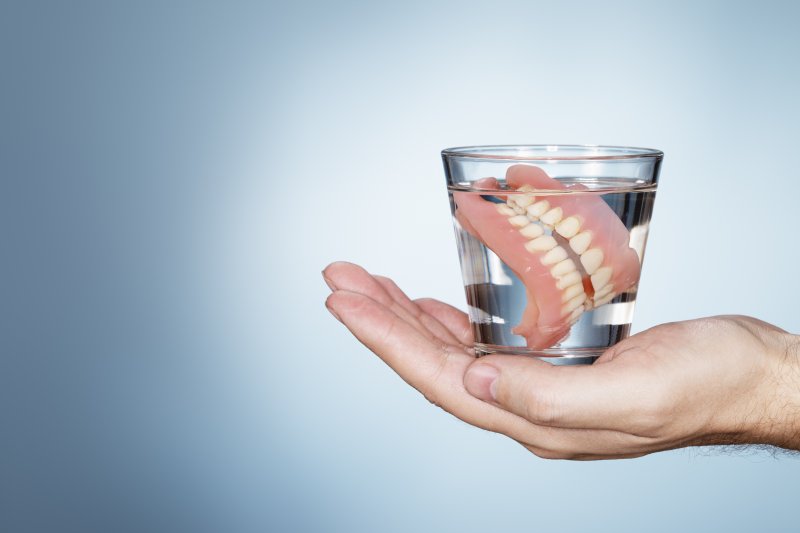
Nowadays you can replace your teeth conveniently with comfortable and natural looking dentures, but it wasn’t always like that. Before there were the advanced replacement teeth you see today, there were the more barbaric methods of gaining your smile back. Read on to learn the evolution of dentures throughout history and where we are now!
Dentures in 700 BC
Dentures can be traced all the way back to around 700 BC when the ancient Etruscans of northern Italy created the first kind out of human or animal teeth tied together with gold wires. Other examples were found in Egyptian and Mexican archeological sites, where indigenous tribes in Mexico simply replaced missing teeth with wolf fangs. Ancient Mayans also used carved stones, bones, or even seashells, which worked remarkably well. Wooden dentures were also found in Japan and were used from the 16th to the 19th century.
George Washington’s Dentures
As opposed to wood, George Washington’s dentures were actually made of a carved hippopotamus ivory plate into which human, horse, and donkey teeth were placed. Walrus and elephant ivory were also used to create these false teeth. These were not viable over time because of the foul smell and discomfort from wearing them.
Dentures in the Early 1800s
Sugar was a major culprit for tooth loss in Europe. People were likely to lose most of their smile by the age of 50! To replace their teeth, most individuals went and collected some from the dead on the battlefields of Europe, especially after the Battle of Waterloo in 1815. These dentures became known as Waterloo teeth.
Porcelain Dentures
Porcelain dentures were first created in 1774 by a British physician. These were the first of the naturally white replacements, but they chipped easily. In 1820, a silversmith attached porcelain teeth on gold plates with swivels and springs. This allowed the teeth to work more naturally, becoming the first modern dentures.
Dentures of the Modern World
Porcelain, however, was expensive, so most people couldn’t afford to wear them. In the mid-1800s, an alternative made from vulcanite (hardened rubber) was developed, providing a suitable and affordable base for dentures. This version was used until the 20th century when acrylic resin became widely used.
Today, dentures are still a viable option for replacing teeth, especially since they’re made of a more comfortable and natural looking material. So, if you’re missing one or more teeth, ask your dentist to discover if dentures are right for you!
About the Practice
Harrisonburg Family and Cosmetic Dentistry offers a broad range of advanced treatments for your dental needs. Using the latest technology, we can help you regain and achieve your dream smile for years to come. We provide multiple teeth restorative options, including full and partial dentures for utmost comfort and convenience. If you want to know more about dentures, visit our website or call (540) 432-6616.

